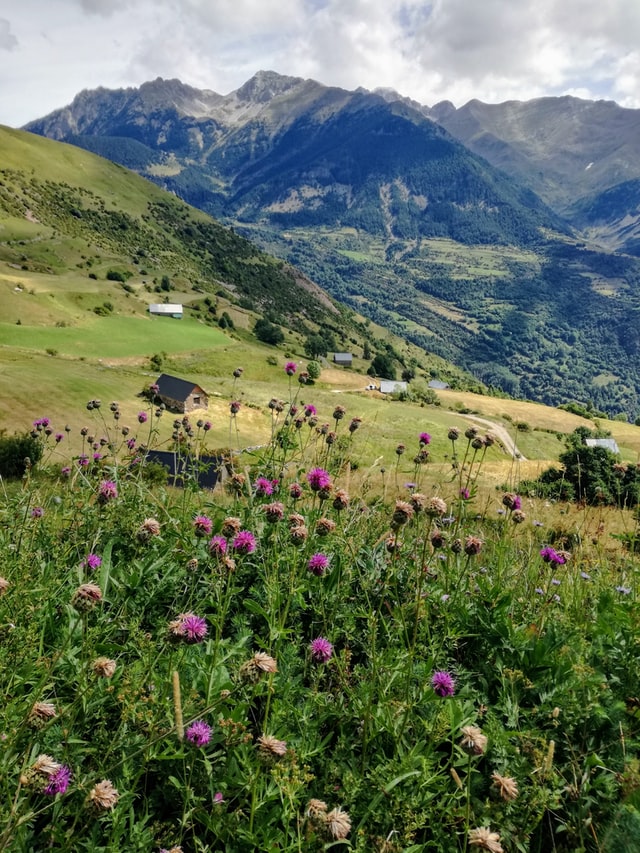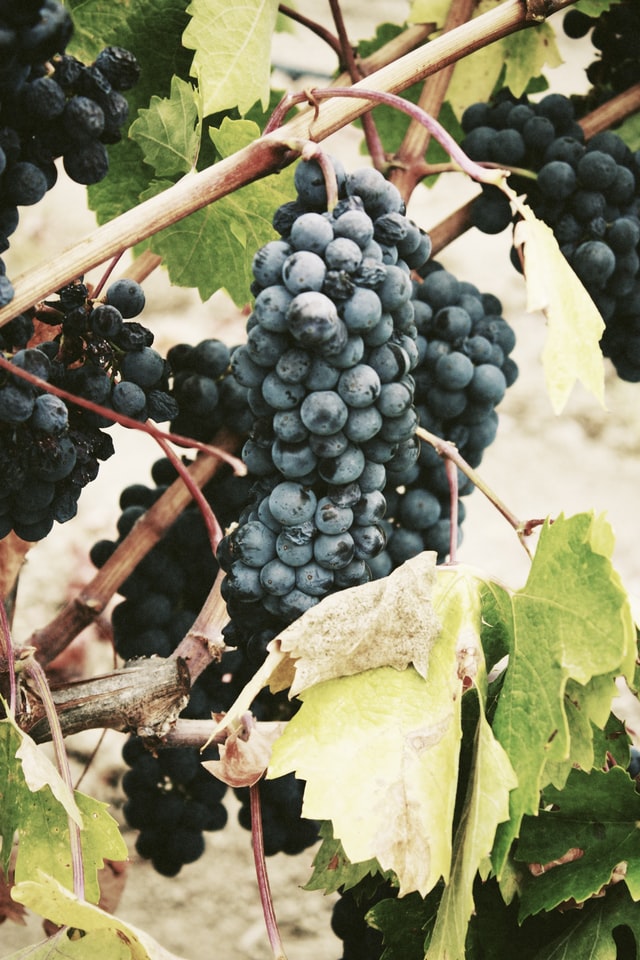Soria, Spain
UNESCO emblematic community of the Mediterranean Diet.
The capital of the province that shares the same name, Soria is located in the north-east of Spain. Sitting along the Douro river and the junction of several transhumance paths it has been an important axis of exchange throughout history.
Following a period of depopulation in the early 20th century, the government has invested in boosting Soria’s tourism and reconstructing neighboring villages.
Spain is in the southwest of Europe. Together with Portugal, it forms the so-called Iberian Peninsula. Apart from the peninsula, it includes the Balearic Islands, (Mallorca, Menorca, and Ibiza), in the Mediterranean Sea, the Canary Islands (made up of 7 islands and several islets) in the Atlantic Ocean, to the southwest of the peninsula, off the coast from Morocco, and North Africa where you can find the autonomous cities of Ceuta and Melilla. To the north, it borders France and Andorra, finding its natural border in the Pyrenees.
It is a particularly mountainous country with a large central plateau. It has five large mountain ranges that cross it, and almost half of its territory sits on plateaus. Its coasts are bathed by the Mediterranean Sea in the east, from the Pyrenees to Gibraltar, by the Atlantic Ocean on its west coast, from Gibraltar to Galicia, with most of this coast belonging to Portugal, and in its north coast by the Cantabrian Sea.
Its landscapes present an extraordinary variety, going from desert areas to the greenest and pleasing fields, where mountains, valleys, rivers, and beaches originate a great climatic variety. In total, it has an area of just over 505,000 km2, of which only about 12,500 km2 belong to the island’s surface.
In addition, it is the country with the most UNESCO Biosphere Reserves in the world. They extend throughout the whole territory, for example, from the coast with extensive fine sand beaches of Andalusia to the coastline of small coves with pine forests and the Montseny massif located in the Catalan Pre-coastal Mountain Range. Also, from the jungle of the Garajonay National Park in La Gomera in the Canary Islands to the maritime-terrestrial reserve of Terres de l’Ebre located at the southern end of Catalonia or the desert of the Bardenas Reales Natural Park in Navarra.

As for the climate, the Mediterranean climate is the predominant one in most of Spain. However, its typicality is not homogeneous, which means there are different types of Mediterranean climate, depending on the area of interest. Irregular rains occur throughout the land, especially concentrated in autumn and spring. This occurs since the Azores anticyclone moves south, which makes it possible for Atlantic storms to penetrate more easily at those times of the year. Winters are typically short and mild, while summers tend to be long and hot.

In 2010, in Nairobi (Kenya), UNESCO approved the Mediterranean diet to be part of the representative list of Intangible Cultural Heritages of Humanity. Four emblematic communities, one of them Soria, were the flag bearers. Soria is a municipality and a Spanish city, located on the Duero River in the east of the autonomous community of Castilla y León and capital of the province of Soria. It is known as the city of poets because it has inspired writers such as Antonio Machado, Gerardo Diego, and Gustavo Adolfo Bécquer who created a universe of verses and legends around it.
Inhabited since the Bronze Age, a crossroads territory, Soria has experienced the cultural melting pot from the Mediterranean. The city and its monuments bear witness to it with its delicious cuisine and characteristic conviviality.
For 11 years, under the motto “Soria Saludable”(Healthy Soria), the community of Soria has devoted entirely every November to the promotion of the benefits the Mediterranean Diet, through the teaching of good practices, food traditions and the Mediterranean lifestyle. The involvement of families, schools, catering professionals, food artisans, academics and researchers and many associations are unconditional.
The Mediterranean Diet preserves biodiversity and natural resources as the nexus between sustainability (sustainable development) and public health.
